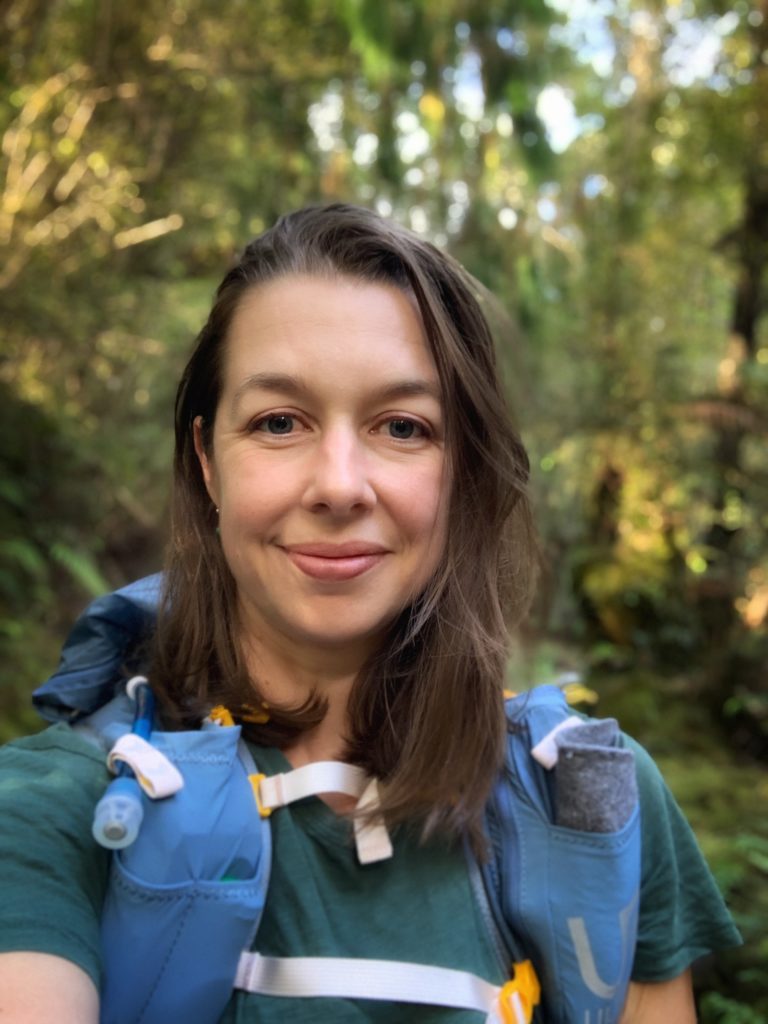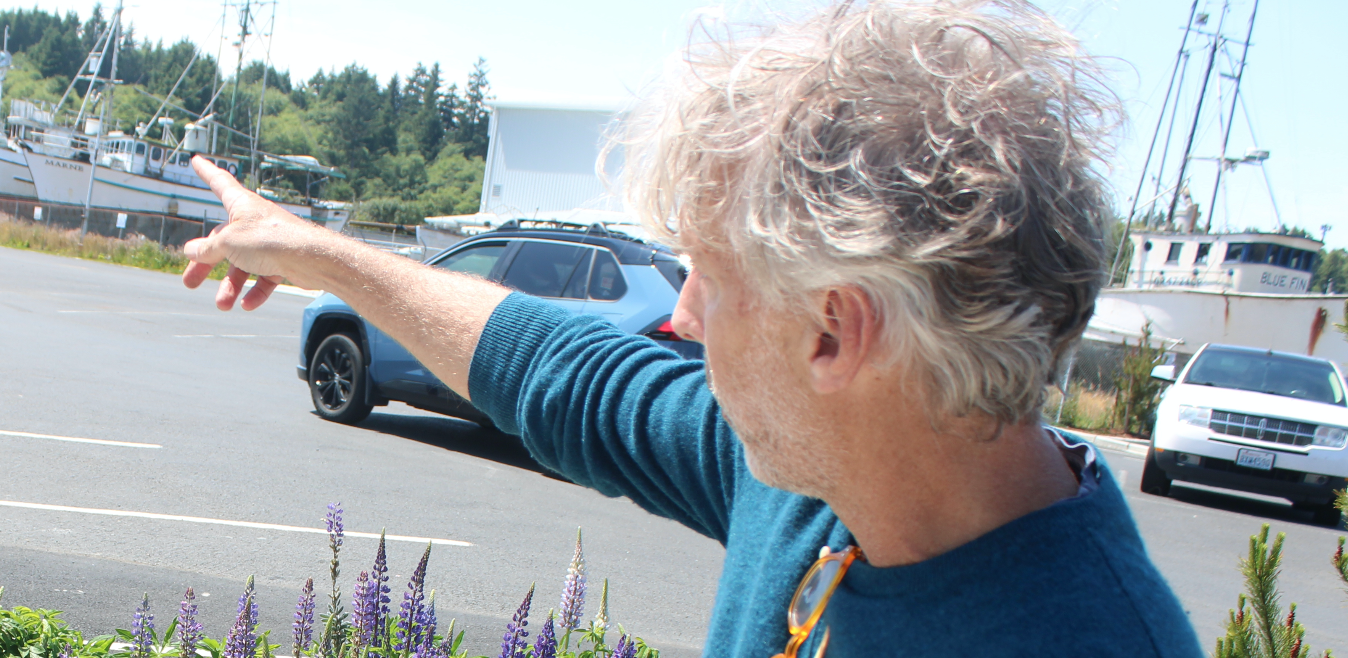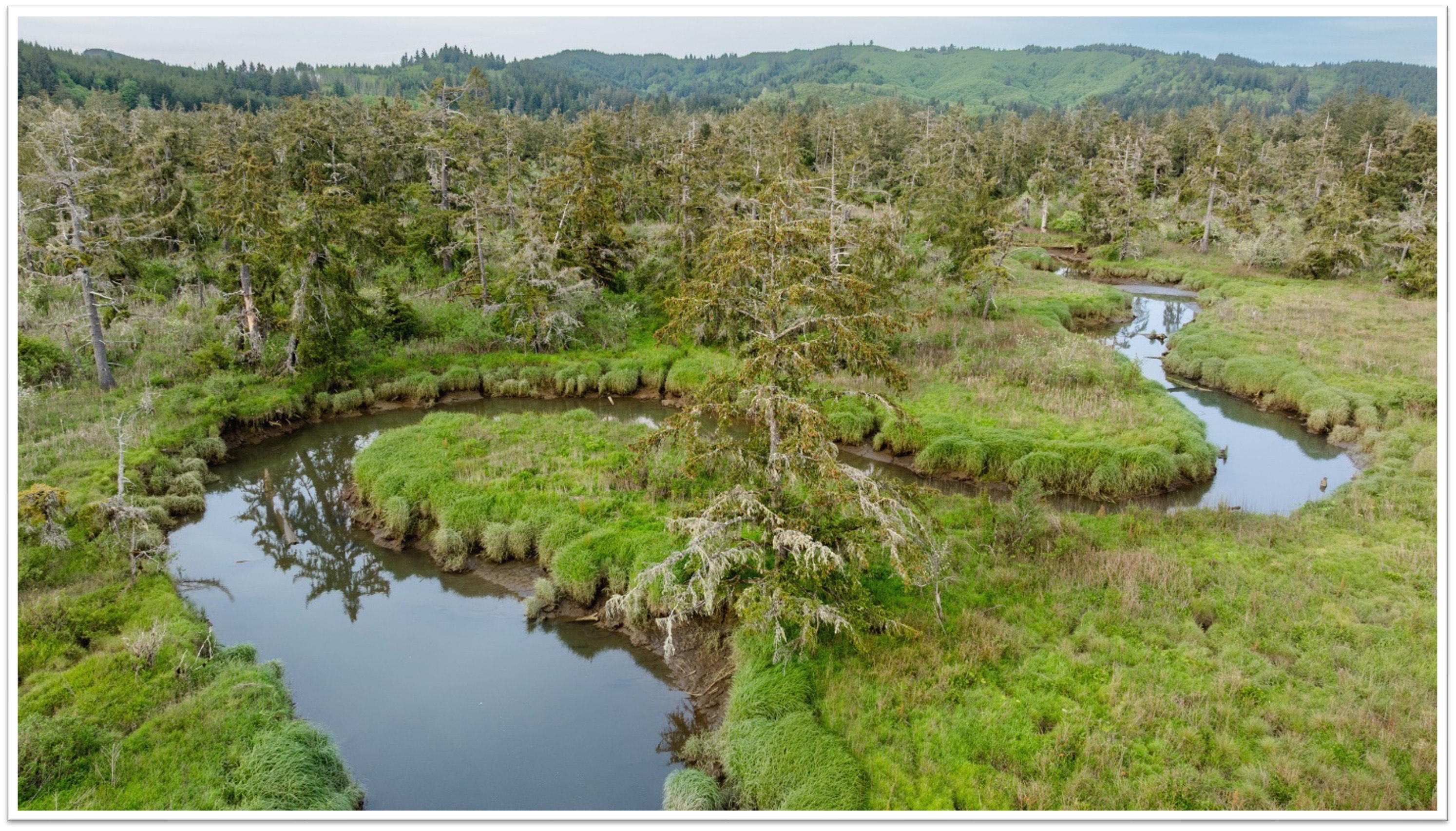Chinook Observer backgrounder: What is the Columbia Land Trust?
Published 11:49 am Tuesday, May 13, 2025
Following articles related to a dike breaching project on the Grays River by the Columbia Land Trust, readers asked, “what is the Columbia Land Trust?” To provide an objective answer to the question, the Observer requested an interview with the corporation’s public relations officer.
In response, the trust’s executive director, Dr. Meg Rutledge, agreed to an interview. The interview lasted an hour. The transcript of the interview was subsequently provided to Dr. Rutledge with the opportunity to amend or add to the information it contained. Except where noted otherwise, the following description came from the information provided by Dr. Rutledge.
Columbia Land Trust (CLT) was founded in 1990 by a group of volunteers, formally receiving a designation as a 501(c)(3) nonprofit in 1991. The purpose of the CLT is found in its mission statement, “Conserve and care for the vital lands, waters, and wildlife of the Columbia River region through sound science and strong relationships.” CLT is an accredited member of the Land Trust Alliance and has adopted its Standards and Practices.
The Land Trust Alliance is an organization based in Washington, D.C. with a stated nationwide membership of 948 Land Trusts. The organization’s website reports that through its members it currently protects more than 61 million acres with a goal to conserve another 60 million acres by the end of the decade.
CLT is also a member of the Washington State Association of Land Trusts as well as the Coalition of Oregon Land Trusts. In Washington, CLT’s area of conservation covers the counties of Clark, Cowlitz, Klickitat, Pacific, Skamania and Wahkiakum. In Oregon it covers the counties of Clackamas, Clatsop, Columbia, Hood River, Multnomah, Wasco, Washington and Yamhill.
The CLT is made up of a Board of Directors that, while currently consisting of 11 members, can fluctuate between 9 and 22. There are seven team directors, each of which has their own functional expertise. Staffing levels can vary but currently there are 43 staff members. The CLT is assisted by some 200 volunteers and 2,000 supporters. In Washington, the CLT maintains an office at 850 Officer’s Row in Vancouver with field offices in White Salmon and Astoria. The members of the board of directors represent a variety of skills and talent. Some have experience in relevant fields and some do not. Their task is to make sure that the work done by CLT year to year is aligned with its mission and that CLT is staying on target and achieving its goals. It is not a working board. It is a governing board.
The organization’s typical annual budget is $7 million. Approximately 20% of the budget is spent on staffing costs. Funding comes from a combination of private and public sources. Private funding comes from what Dr. Rutledge describes as generous philanthropists. On average, CLT receives $1.7 million to $2 million each year from philanthropic donations. Public funding is a combination of local, state, and federal funding sources. Those named are U.S. Fish and Wildlife Service (via the North American Wetland Conservation Act, Coastal Wetlands, Endangered Species Act Section 6 Funding, Partners Funding), Bonneville Power Administration, Washington State Salmon Recovery Funding Board grants, Natural Resources Conservation Service, and the National Fish and Wildlife Foundation.
Over the past five years, Bonneville Power Administration has provided $7 million in support for CLT projects. The 1980 Pacific Northwest Electric Power Planning and Conservation Act established the Pacific Northwest Electric Power and Conservation Planning Council which is directed to adopt a regional energy conservation and electric power plan and a program to protect, mitigate and enhance fish and wildlife on the Columbia River and its tributaries. In this way, a portion of the rate paid by electricity consumers is dedicated to mitigate harm to fish species caused by hydroelectric generation facilities operated by the Bonneville Power Administration.
For a more in-depth description on CLT’s funding, it was noted the organization’s annual 990 submittals are publicly available on both Washington and Oregon States’ websites.
CLT has conserved about 60,000 acres in total (this includes sites that were conserved and then transferred to other landowners such as the Forest Service, Clark County Parks, etc.) Currently, CLT manages about 38,900 acres. CLT owns and manages 2,996 acres within Wahkiakum County. In Washington, CLT holds 4,700 acres in conservation easement (most of which is either farmland or working forest).
As a 501(c)(3) corporation, CLT is not required to pay property tax on property it owns, however, it does so on a voluntary basis. According to Dr. Rutledge, CLT has paid some $200,000 in taxes and fees to Wahkiakum County over the past five years.
Property acquisition can be both opportunistic and planned. If a property comes on the market and it has potential as a restoration or preservation site, CLT may enter into negotiations with the seller. In other instances, neighboring properties may already be under the ownership of CLT with plans to purchase the connecting property if it should become available.
In response to concerns that CLT is a “deep pocket” and other potential buyers can’t afford to outbid the corporation, Dr. Rutledge noted, “we use grants to fund property acquisitions, which require that we pay only the appraised value of a property. The appraisals are third-party reviewed. If the appraised value doesn’t meet landowner’s needs or expectations, they can decline the sale. Because the price we can pay is limited by the appraisal, we can’t outbid other would-be buyers” (if those buyers are willing to bid over the appraised value).
Space limits the length of description. Hopefully, this has answered some of the questions regarding the Columbia Land Trust. The Observer thanks Dr. Rutledge for her participation in the interview and follow-up.







